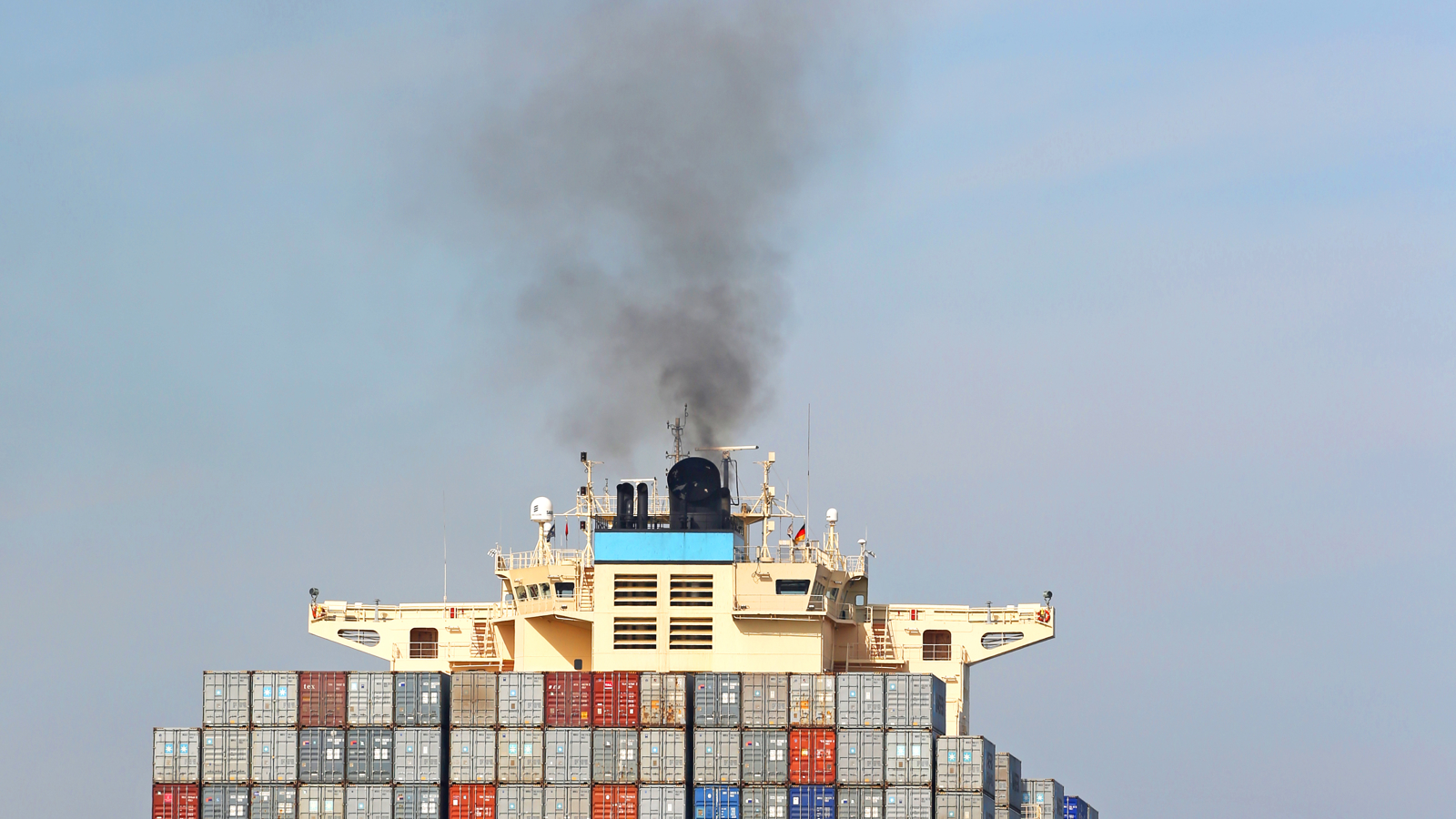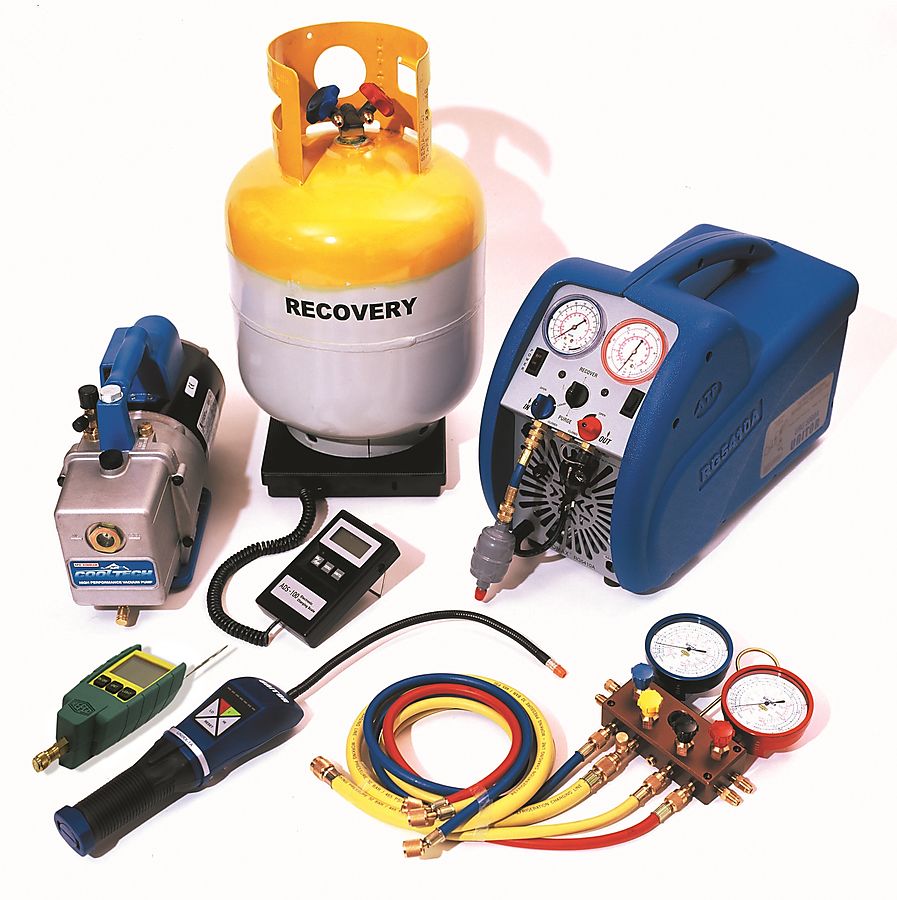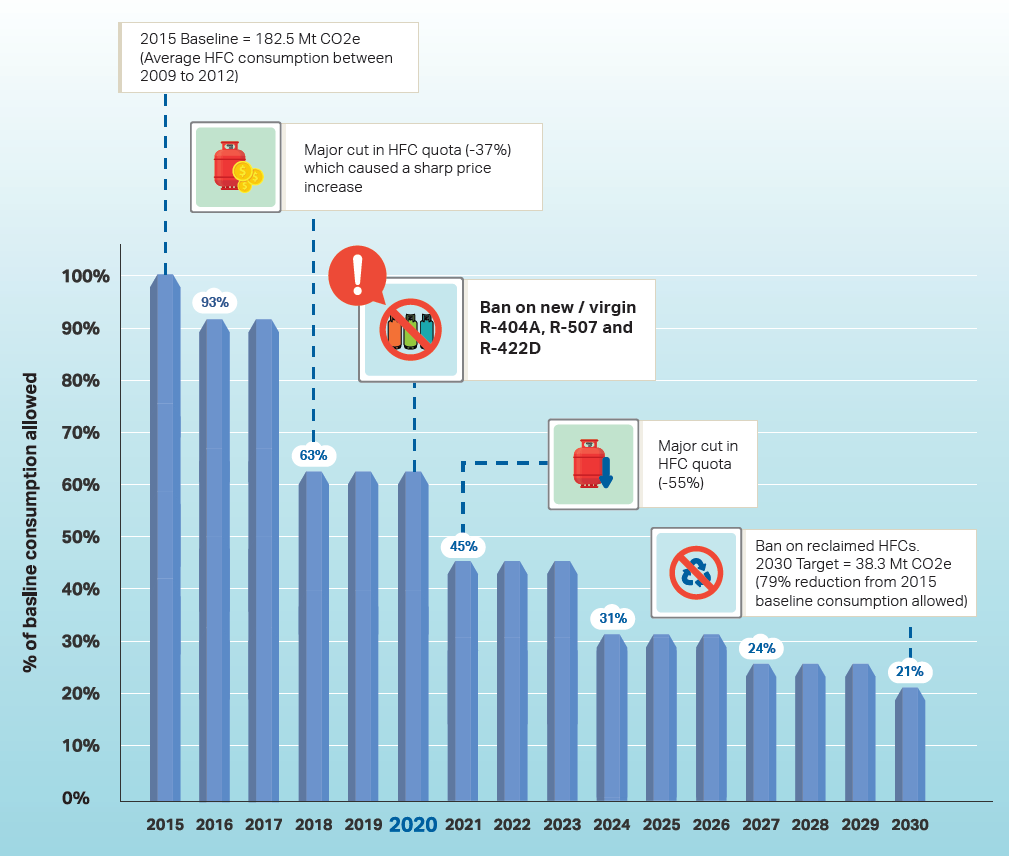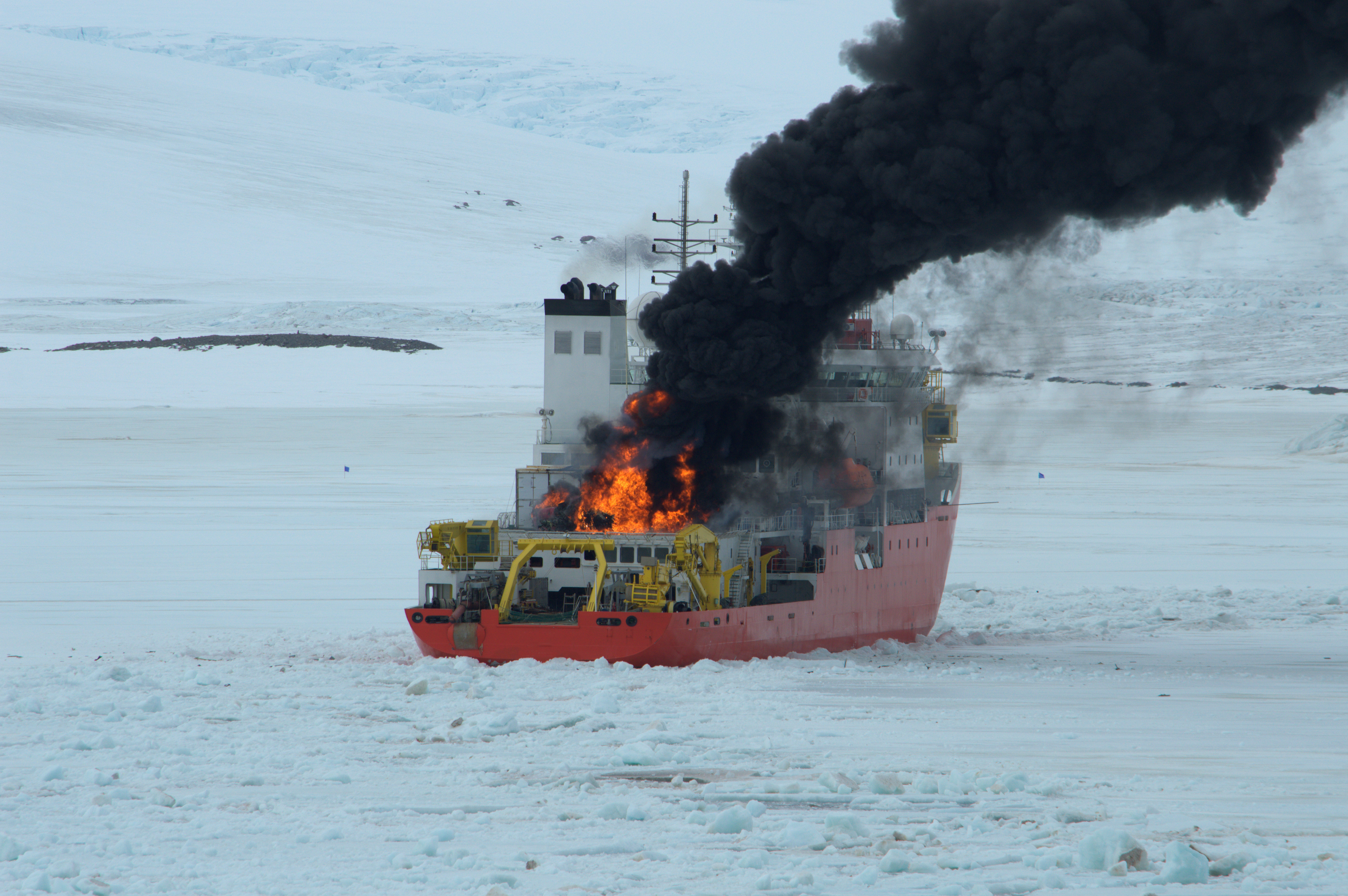EU F-gas Regulation: What it means for the Maritime Industry

Wilhelmsen insights
|
Introduction
Fluorinated gases (F-gases) are a range of powerful greenhouse gases that trap heat in the atmosphere and contribute to global warming. The most common F-gases are hydrofluorocarbons (HFCs), which are typically used in refrigeration and air-conditioning applications.
To reduce greenhouse gas emissions and mitigate climate change, the F-gas Regulation (517/2014) entered into force on 1 Jan 2015 to reduce the use of HFCs and impose a service ban on HFCs with high Global Warming Potential (GWP >2,500) like R-404A, R-507 and R-422D by 1 Jan 2020.
The F-gas regulation applies to all EU countries and EU flagged vessels.
Currently, almost all vessels have refrigeration systems on board, so this article is intended to highlight the most important aspects of the F-gas regulation and how ship-owners / operators can remain fully compliant with the regulation.
Key Requirements of F-Gas Regulation
Phase Down of HFCs
The target is to achieve 79% reduction in HFC use by 2030 through a gradual reduction of import and production quotas from the 2015 baseline, which is the average use between 2009 to 2012.
The quota is the overall quantity of HFC refrigerants, expressed in equivalent tonnes of CO2, that producers and importers can place on the market in a year.
Hence, the lower the GWP, the lower the quota required. Given the reducing quotas, users are encouraged to move away from high-GWP HFCs.
Global Warming Potential (GWP) is a measure of how much heat a HFC traps in the atmosphere over 100 years, relative to 1 kg of carbon dioxide (Carbon Dioxide Equivalent, CO2e). The GWP for 1kg CO2 is set at 1.
The global warming impact of 1kg of R-404A being released into the atmosphere is equivalent to 3922kg CO2.
Service Ban
New / virgin HFCs with a GWP of 2,500 or more will be prohibited in the maintenance of new and existing systems.
An exception is given to systems with a charge size less than 40 tonnes CO2e threshold.
By switching from R-404A (GWP = 3922) to R-407F (GWP = 1824), users can cut their HFC quota consumption by 53% immediately.
Other Mandatory Requirements
Checking and repairing of leakage
The mandatory leak test of all systems with a threshold of 5 tonnes CO2e or more must be conducted.
The system must be checked for leakage within one month after a leak has been repaired to ensure that the repair was effective.
Recovery of HFCs during plant maintenance and end-of-life
F-gases must be recovered for recycling, reclamation or destruction. Venting of refrigerants to the atmosphere is prohibited.
Timeline of HFCs Phase Down

GWP Values of HFCs

Positive Influence on the Rest of the World
Action by the EU has shown the rest of the world that the phase down of HFCs is possible. In October 2016, the Kigali Amendment to the Montreal Protocol was signed by 197 countries to add HFCs to the list of controlled substances covered by the treaty. This creates new international controls on HFCs and introduces an international phase-down in HFC production and consumption.
Developed countries (Non-Article 5 Parties) will cap and phase down HFCs from 2019 (10%) in steps to 85% reduction in 2036. Developing countries (Article 5 Parties) are split into 2 groups and will start the phase down later (2024 & 2028).
Availability of R-404A, R-507 and R-422D in EU after 2020
For EU flagged ships, it will be illegal to charge in any new / virgin R-404A, R-507 and R-422D to the existing refrigeration system after 2020.
From 1 Jan 2020, Wilhelmsen Ships Service will stop supplying new / virgin R-404A, R-507 and R-422D to EU flagged ships.
For non-EU flagged ships, new / virgin R-404A, R-507 and R-422D will still be available after 2020.
Potential Risks

Due to the HFC phase down with quota cut and the service ban on HFCs with GWP >2,500 by 2020, refrigerants in the EU have become expensive and scarce. Consequently, many EU countries have reported a massive inflow of illegal or counterfeit refrigerants.
Counterfeit refrigerants are dangerous as they can contain banned substances that are toxic and flammable. To avoid potential risks of using a counterfeit or illegal refrigerant, it is important for ship-owners and operators to obtain refrigerants from reliable and reputable sources.
Recommended Options for Ship-Owners / Operators
Continue with existing refrigerant and system
If ship-owners / operators decide to do nothing, they may rely on reclaimed refrigerants to meet their servicing needs until 2030.
However, there is no guarantee of the reclaimed refrigerant availability and there is no control over the price of reclaimed refrigerants after 2020.
Total system replacement
Ship-owners / operators may also consider a total system replacement - a long-term solution which will incur high initial cost and long downtime.
However, a new and more effecient system with low-GWP refrigerant can greatly reduce operation and energy costs.
While waiting for the new installation, ship-owners / operators should keep enough refrigerant stock for servicing of the existing system. This method is recommended for an aging system or vessels undergoing conversion.
Retrofit the system with lower GWP refrigerants
If the system is still in good condition, consider retrofitting the system to use alternative refrigerants with GWP <2,500.
For example, R-407F is recommended as a drop-in replacement for an existing R-404A system. R-407F’s GWP is 1824, which is 53% lower than R-404A. Furthermore, it is fully compatible with existing R-404A system, as it performs similarly for both low and high temperature applications.
To eliminate any downtime and extra cost, simply top up the existing R-404A system with R-407F.
For US flagged ships, top-up of R-407F to R-404A is not allowed and they will need to replace the entire R-404A in the system with R-407F.
Overall, this is the preferred option as it has the least financial implications and R-407F is the low GWP refrigerant alternative that is readily available globally in Wilhelmsen network beyond 2020.
Key Takeaway
Ship-owners looking to convert or build new vessels should only consider using low-GWP refrigerants. For existing systems operating on high-GWP HFCs, urgent action should be taken to retrofit the system with refrigerants with GWP <2,500.
At Wilhelmsen Ships Service, we are committed to help the maritime industry handle the HFC phase down and prepare ship-owners & operators for the low-GWP future.
WSS Not Compromising on Quality and Safety
Quality Guaranteed
Some refrigerants are cheaper upfront, but they’ll cost you in other ways: refrigerants susceptible to moisture contamination can cause corrosion in compressors in short
time – you’ll pay more via lesser operating efficiency and frequent mechanical breakdowns.
With Unicool™ refrigerants, moisture content is guaranteed at an optimum level – filled and sealed only by approved suppliers.
Global Track and Trace
Know the whats, wheres, and whens of all your cylinders with global track and trace: our accurate, secure, and cost-effective stock management system. With this, you can have your Unitor™ cylinders delivered, exchanged, serviced, and re-supplied on a worldwide stage – we’ll go to wherever your vessels are.
Complete Compliance
The ISPS Code enforces strict rules on the close monitoring of high-pressure cylinder movements. Thankfully, global track and trace does just that; allowing us, and thereby, you, to stay fully compliant.
Our gas products and services also comply with all international regulations for global warming reduction and the prevention of ozone depletion.
Cylinder Safety and Maintenance
Strict rules govern cylinder inspections before filling and those that fall below our standards are scrapped, because the integrity of our cylinders is our hallmark.